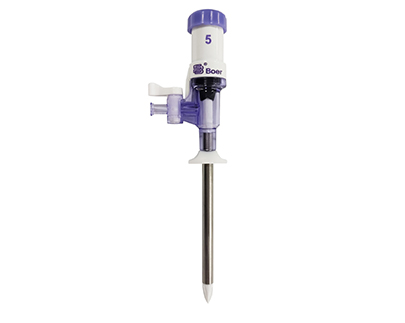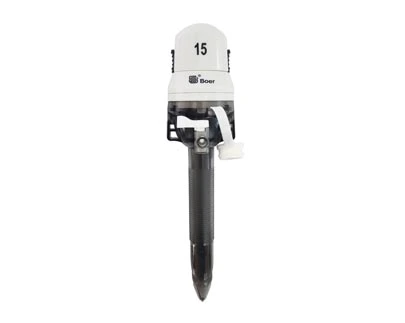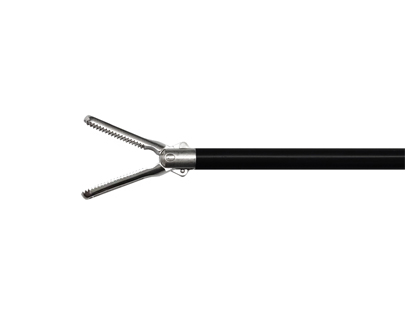Design Characteristics of Laparoscopic Grasper
1. Understand the laparoscopic grasper
Laparoscopic graspers, also known as intestinal forceps, are grasping tools designed to safely manipulate delicate abdominal tissue during laparoscopic surgery. One of their main functions is to promote full access to the surgical site by keeping intestinal tissue away from the surgical area.
2. What is the design of a typical laparoscopic grasper?
The external surface of the instrument shaft is coated with an electrical insulating layer of plastic or silicone to mitigate the risk of electrical burns due to insulation failure or capacitive coupling during the application of electrical surgical energy. The handle of the instrument can be aligned with the shaft, or articulated or flexible types can be used, but most commonly it is located in a fixed vertical position relative to the shaft.
The tip of the laparoscopic grasper can be used specifically to limit the amount of trauma applied per exercise. By changing the design of this part of the instrument from smooth to a jagged crocodile shape, the grip force and pressure transfer per unit area can be changed.
Disposable laparoscopic graspers are typically fitted with annular handles, with an upper ring for the thumb and a lower ring for one or more fingers. This type of handle may be best suited for applications where the precision provided by a clamp grip is an important factor, while a handle that allows the use of a greater palm grip may be better suited for tasks that require power over precision. However, this is a matter of personal preference, and reusable laparoscopic graspers are often modular so that surgeons can use their preferred handle type and a range of different tips as needed. In addition to the ring handle, a variety of other designs are available, including spring-loaded handles with handgun -like operation, and a range of versatile handles.
3. What are the special design features of the laparoscopic grasper?
The ability to lock the instrument's jaws helps reduce hand fatigue in situations where grasping tissue must be held in position for an extended period of time, so most laparoscopic graspers are equipped with some form of locking mechanism, usually by operating a lever located on the instrument's handle in the following manner. The most common ratchet mechanism allows the jaws to be locked in a range of different positions, depending on the pressure force required, but other designs can be used. Some instrument designs allow 360 degree rotation through the grip tip. This is usually located at the top of the instrument where the handle connection shaft is so that it can be operated by the thumb.
As a professional laparoscopic grasper manufactuer in China, Boer Medical produces different types of high-quality and high-precision laparoscopic graspers, including Johan laparoscopic grasper, Endo clinch grasper, etc. If you are interested in our profucts and want to learn more details, welcome to contact us directly.



